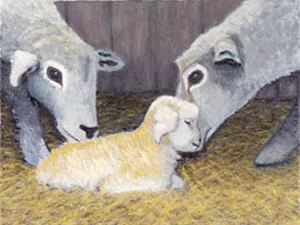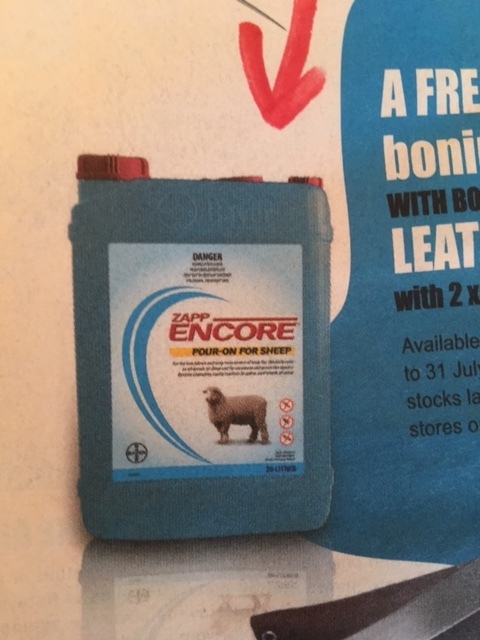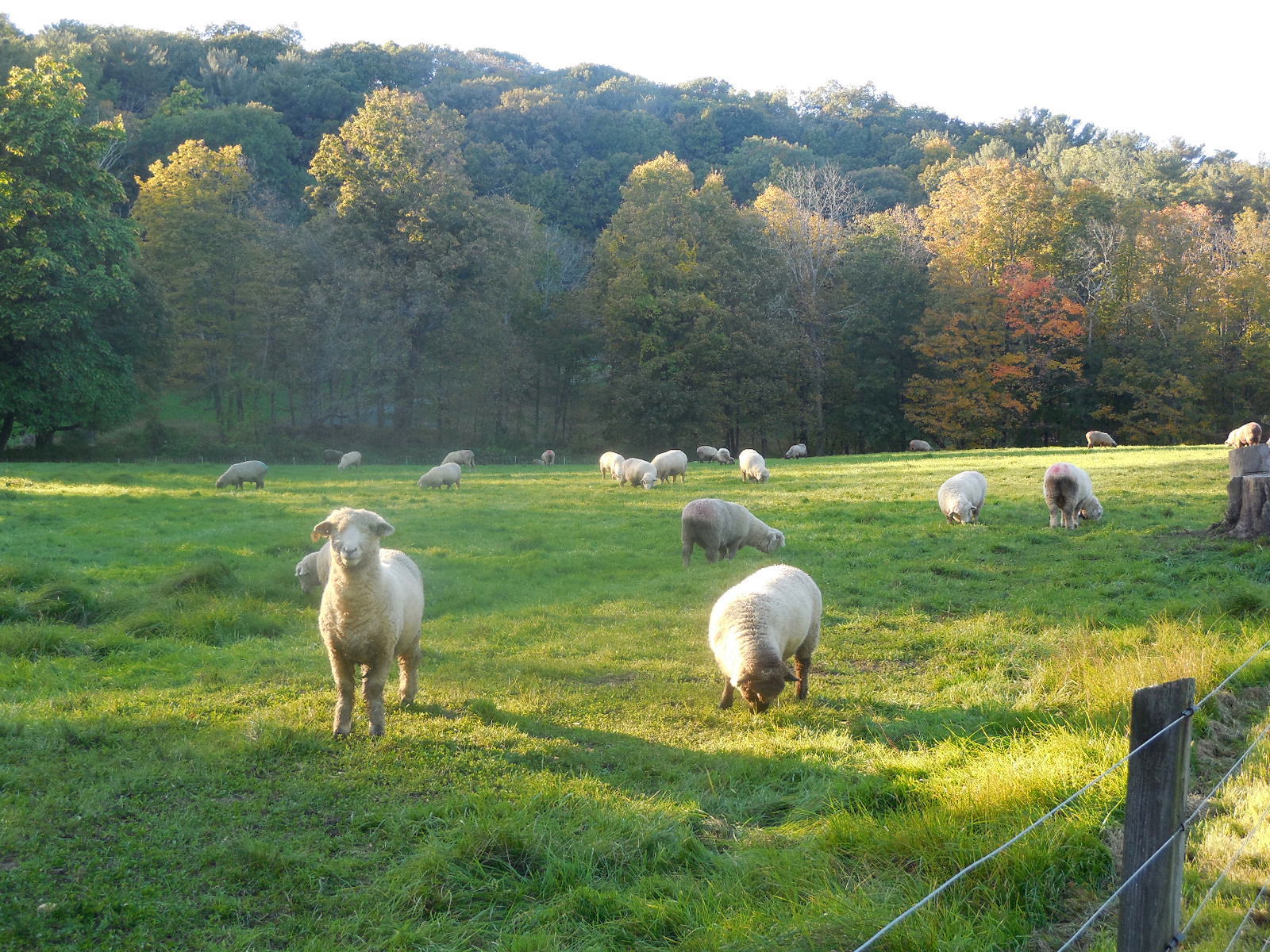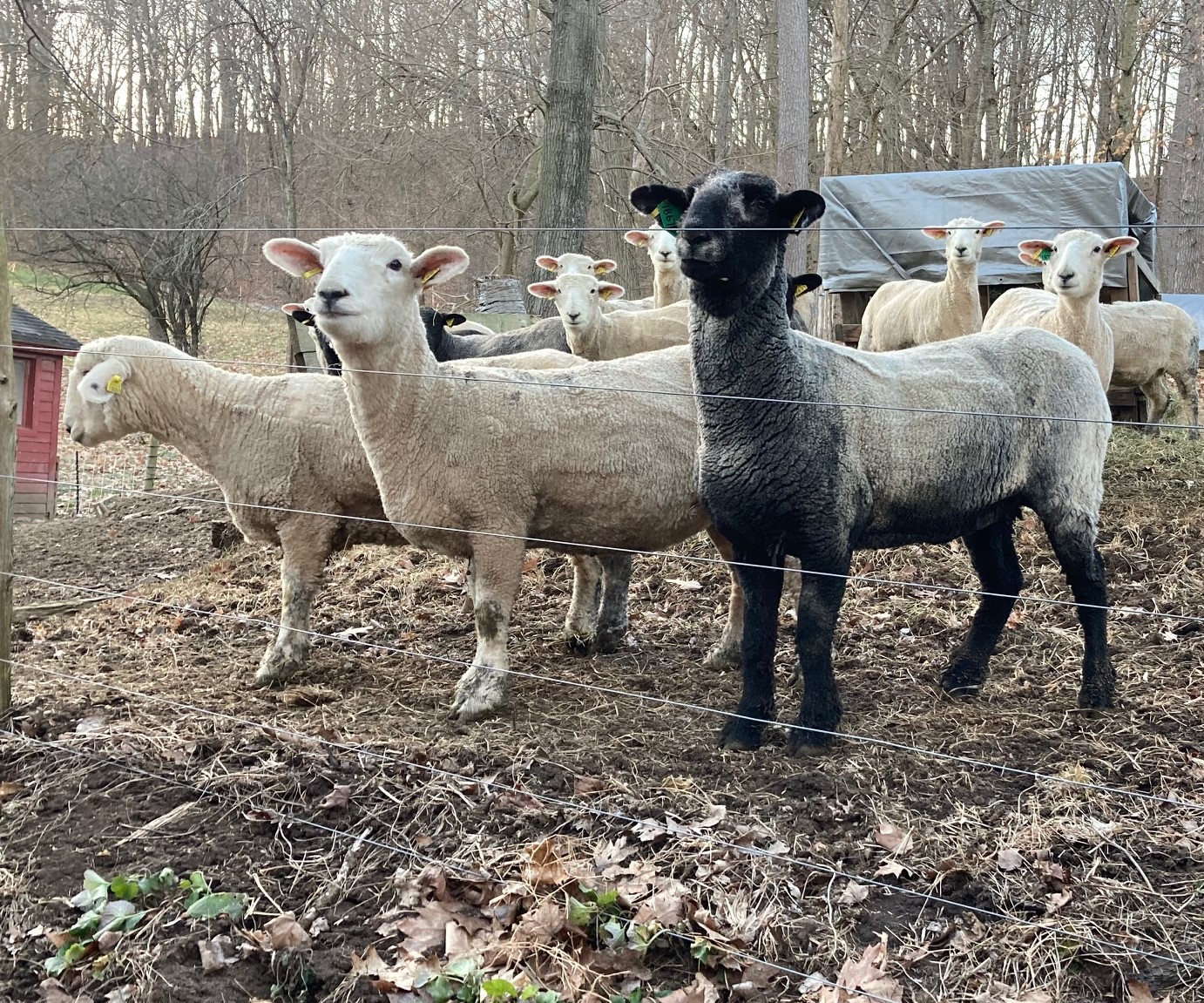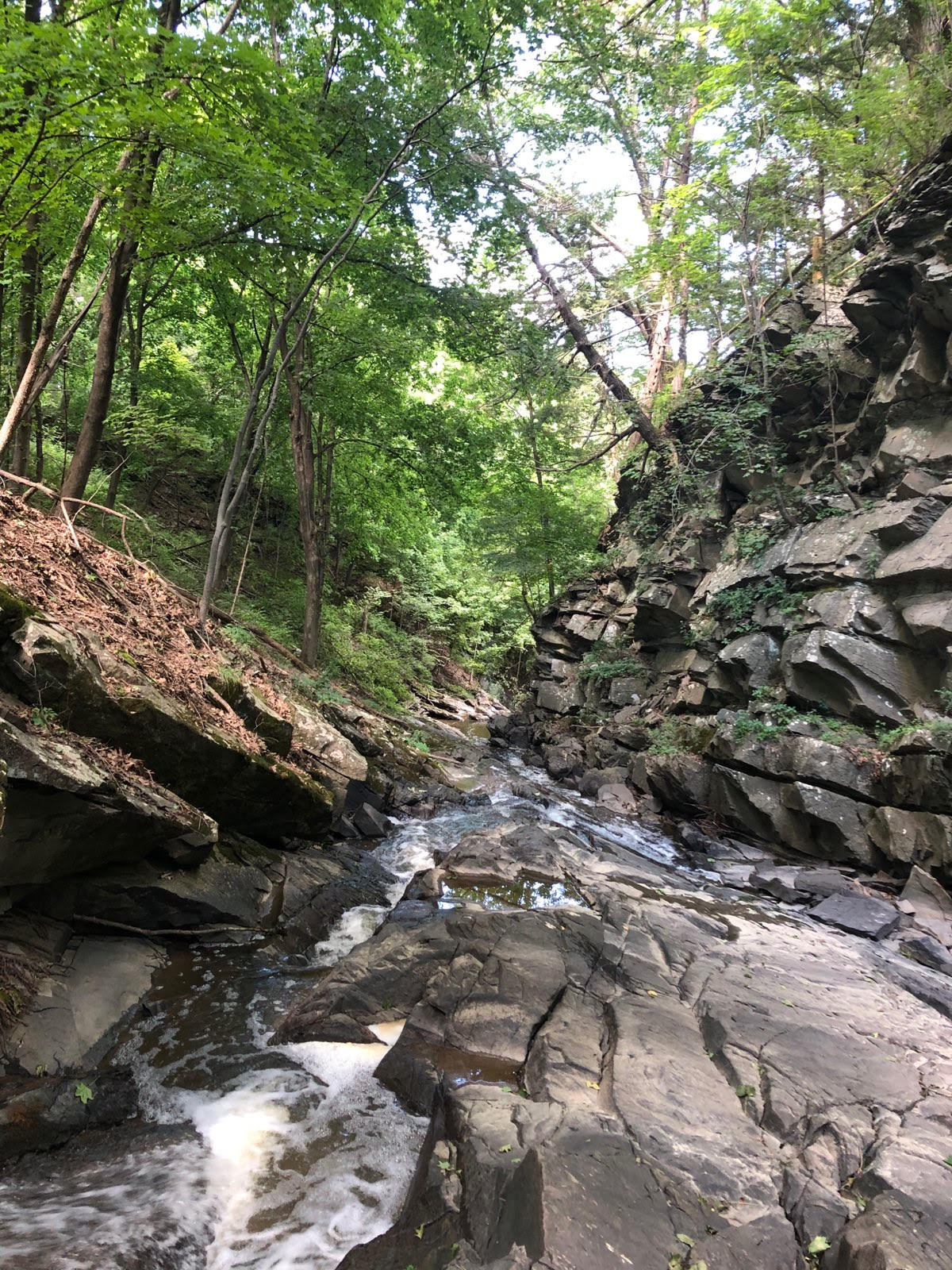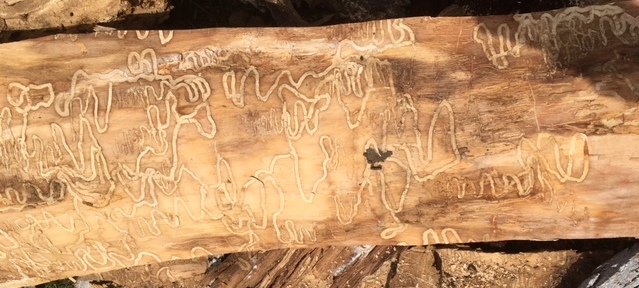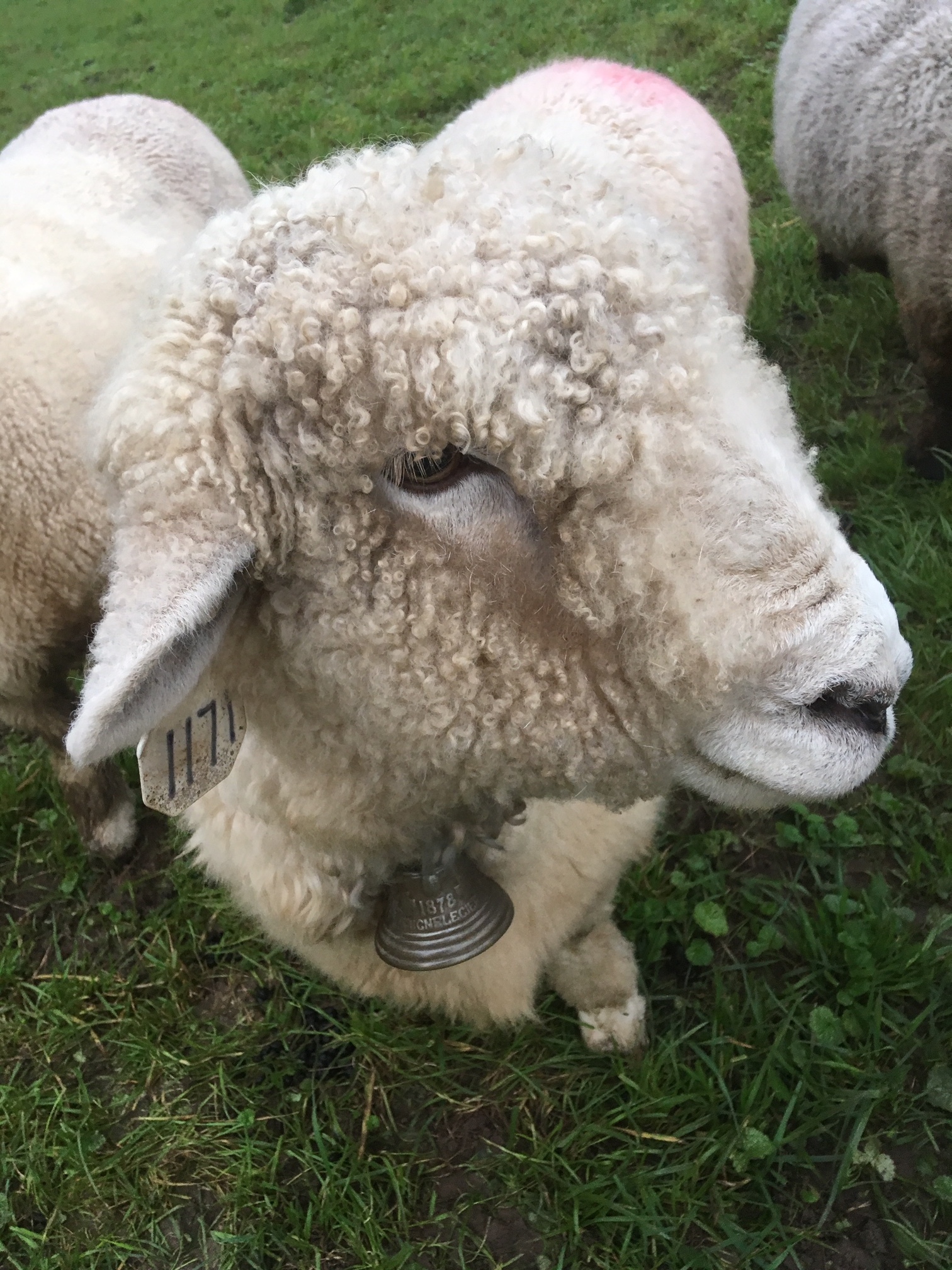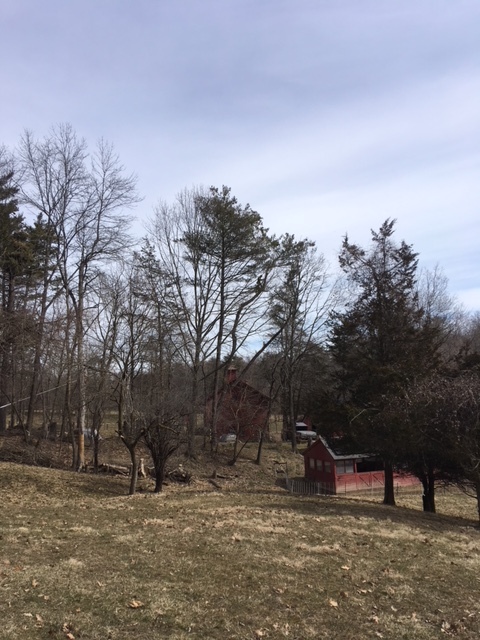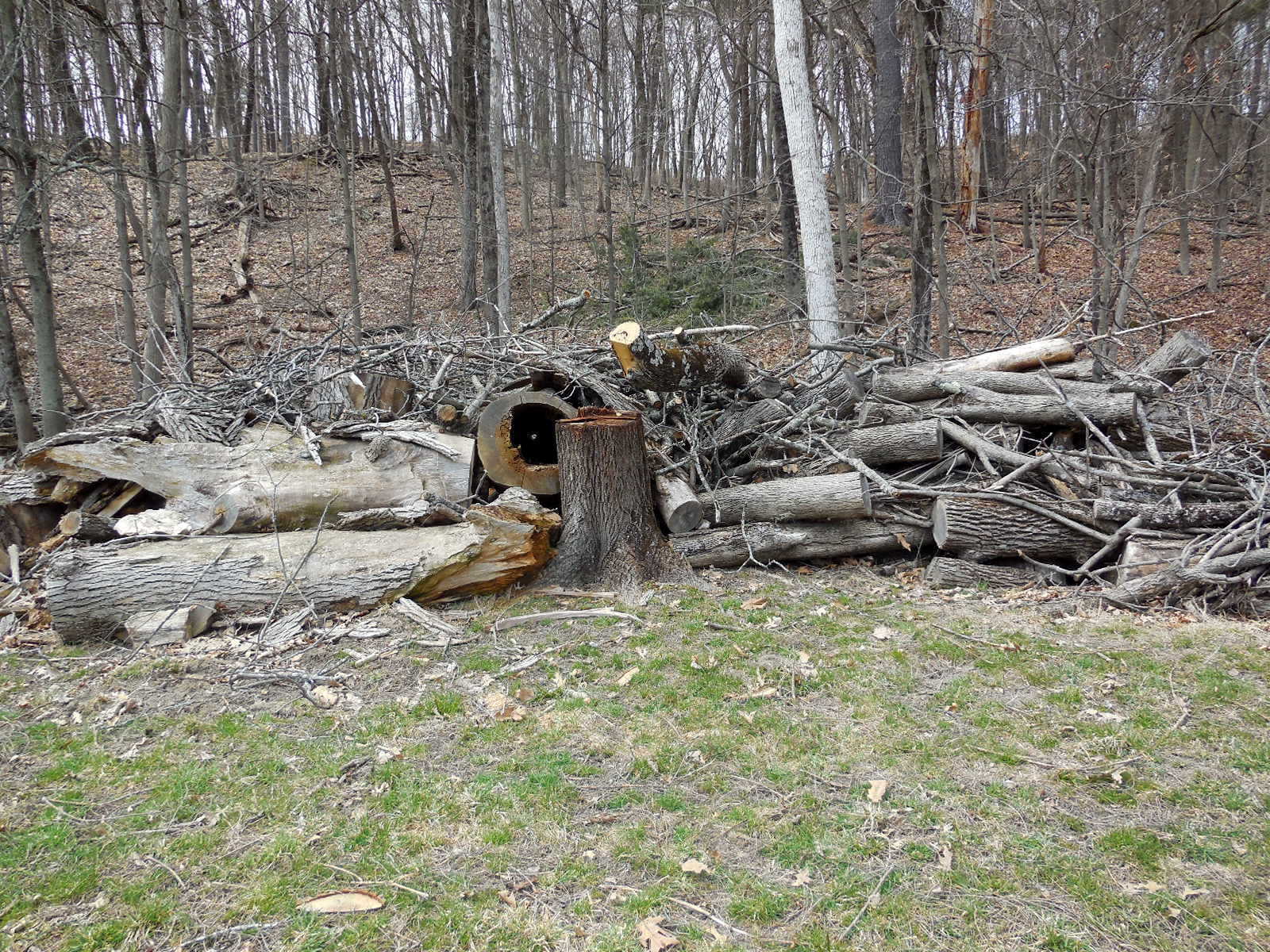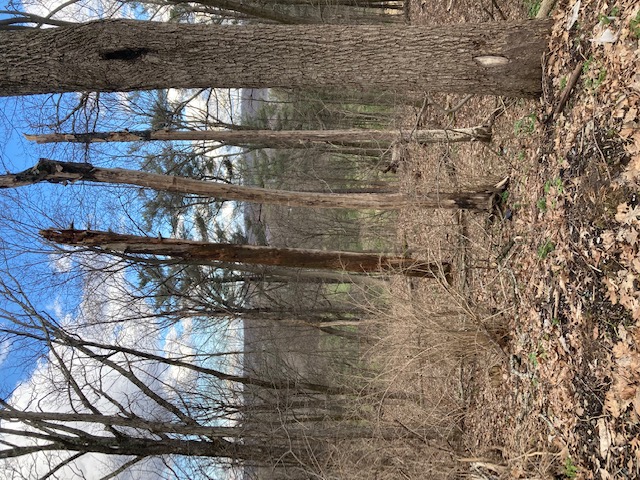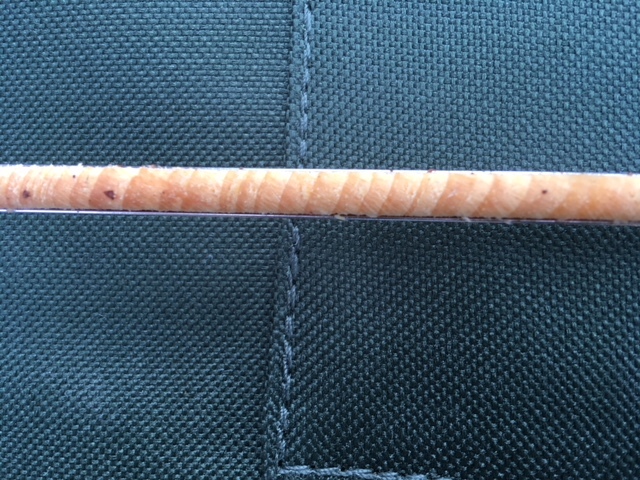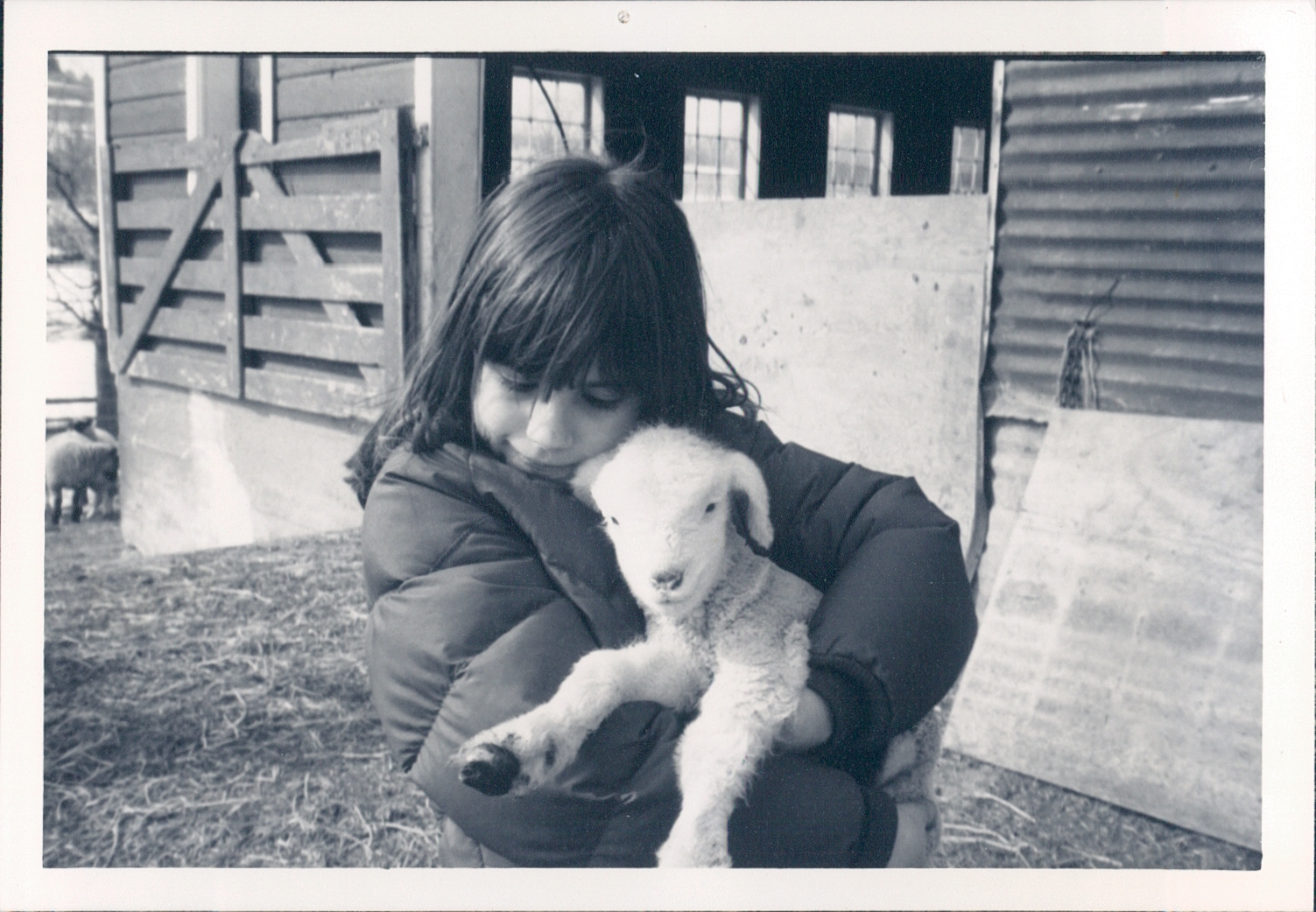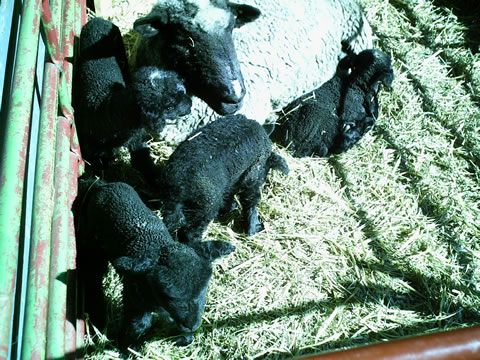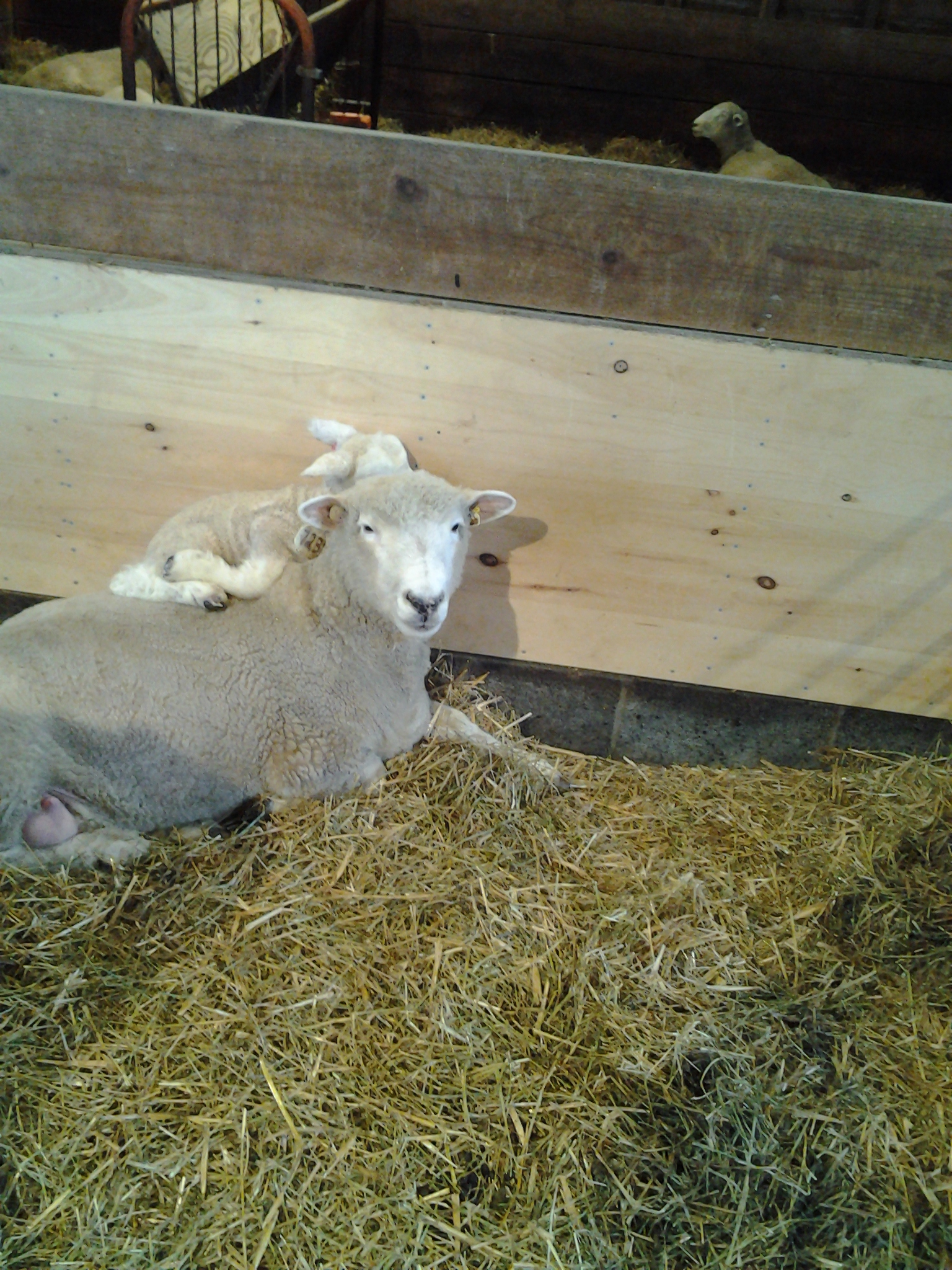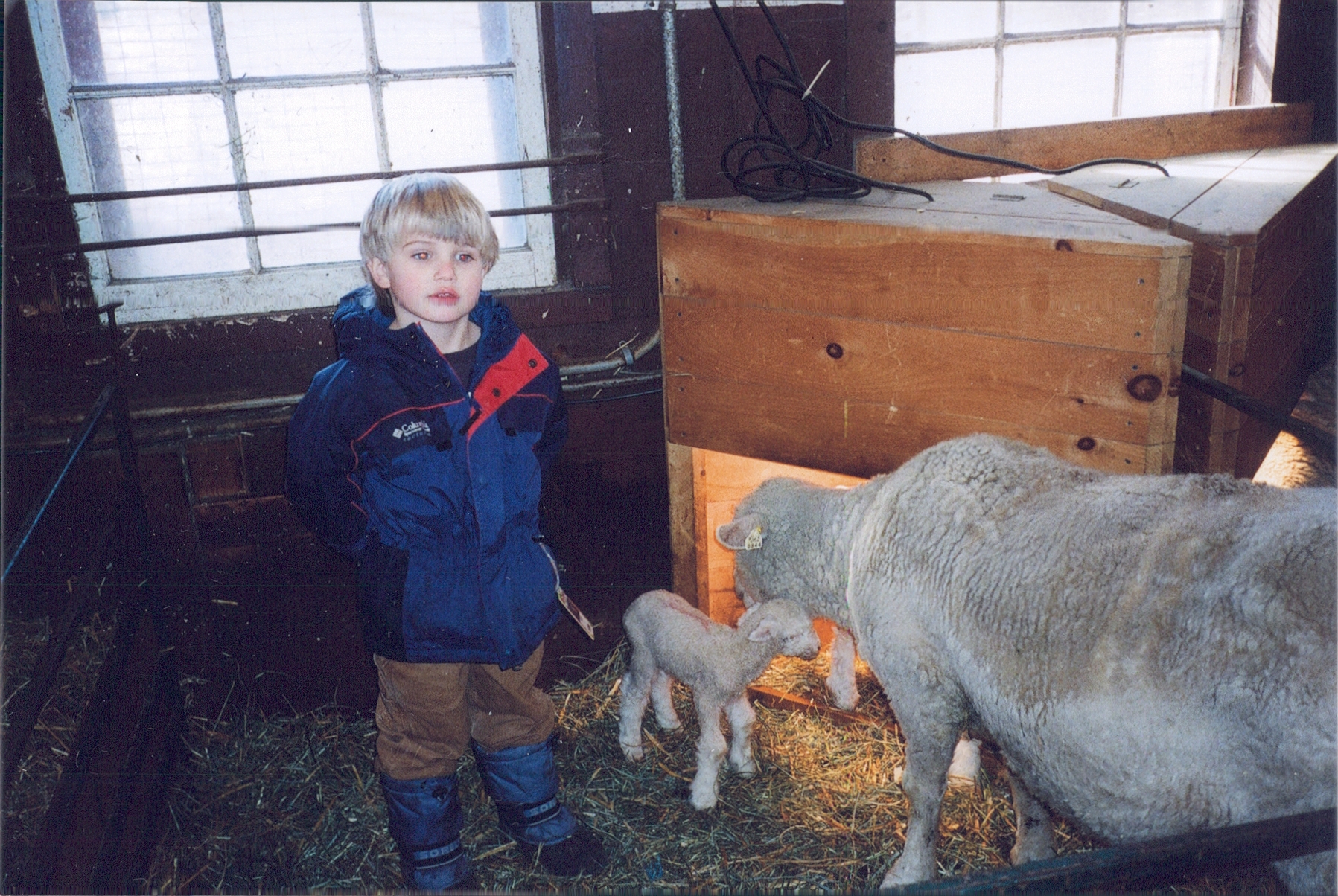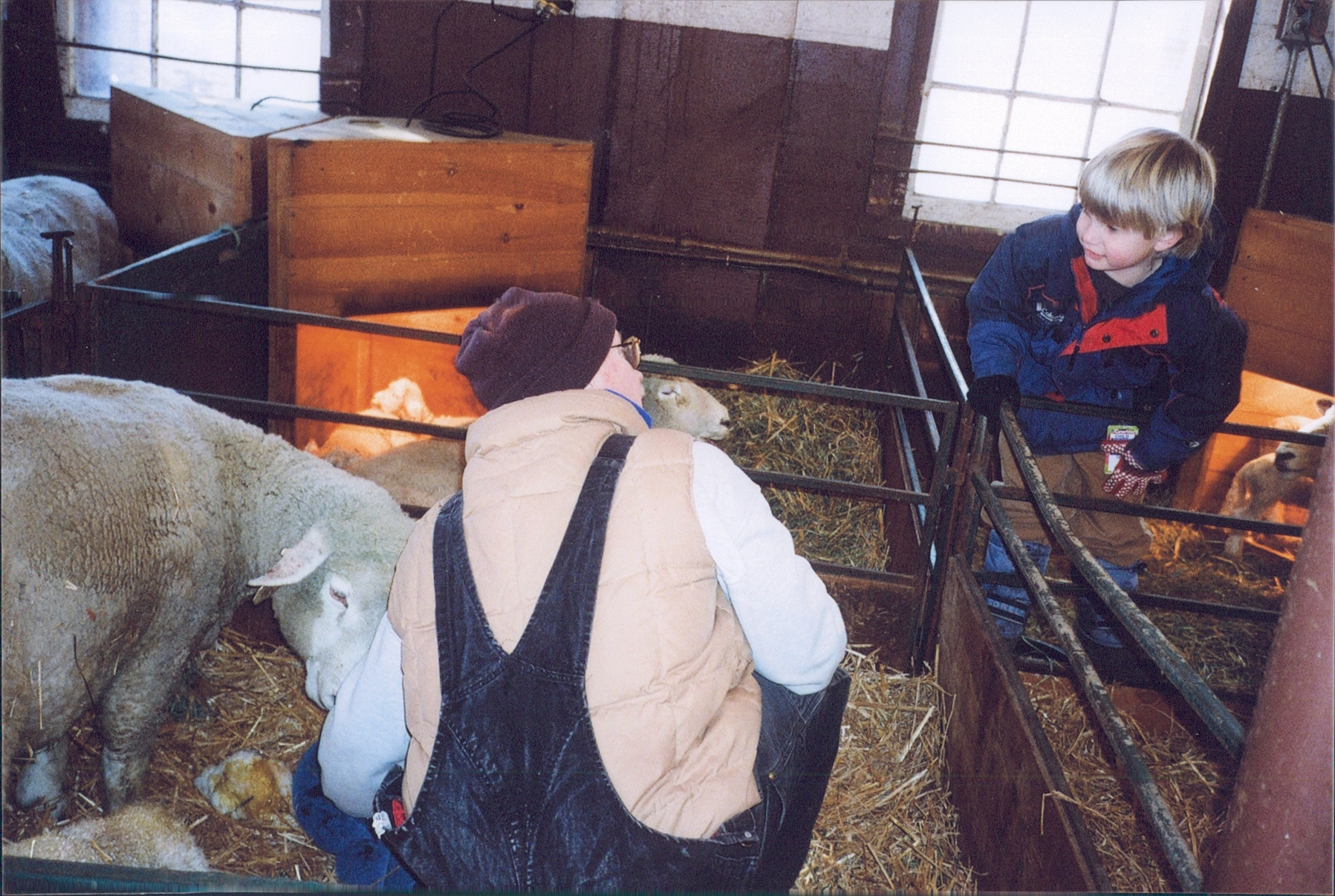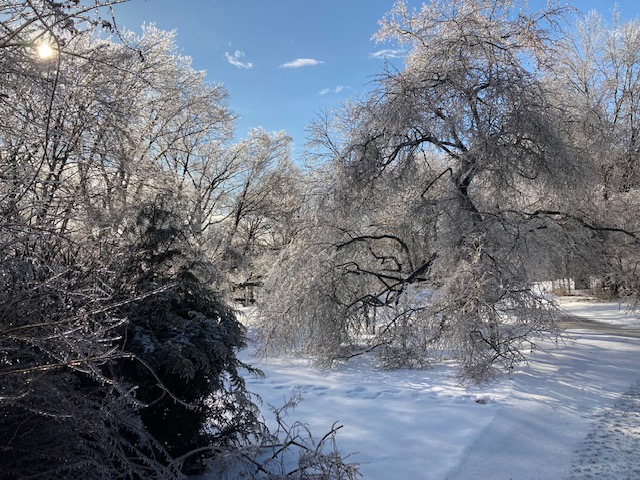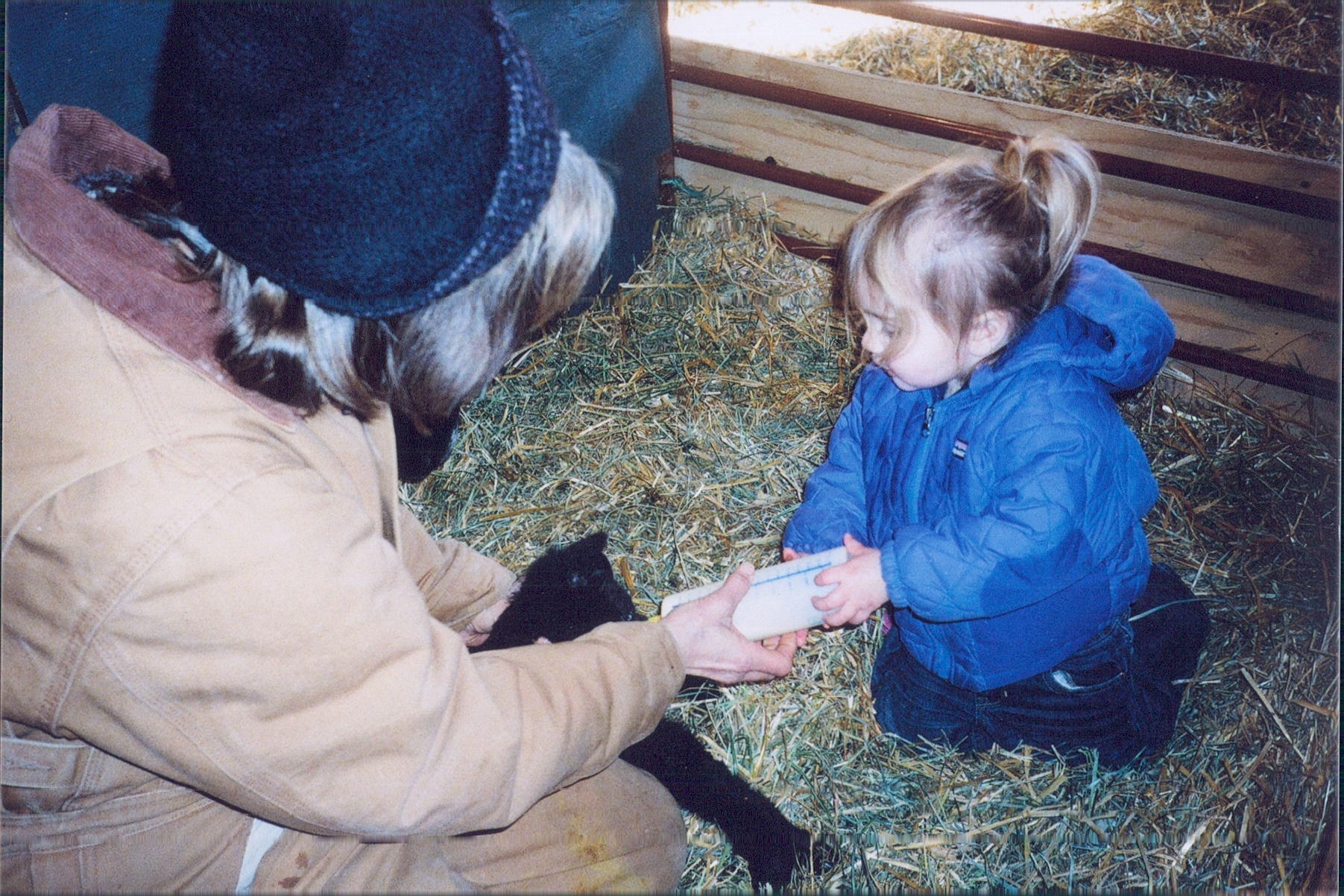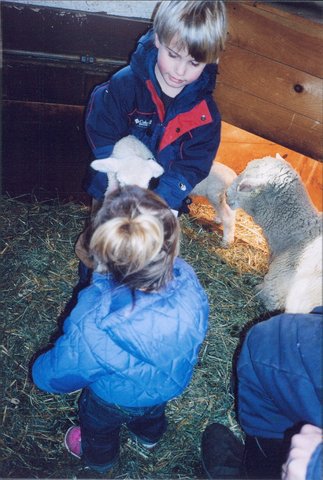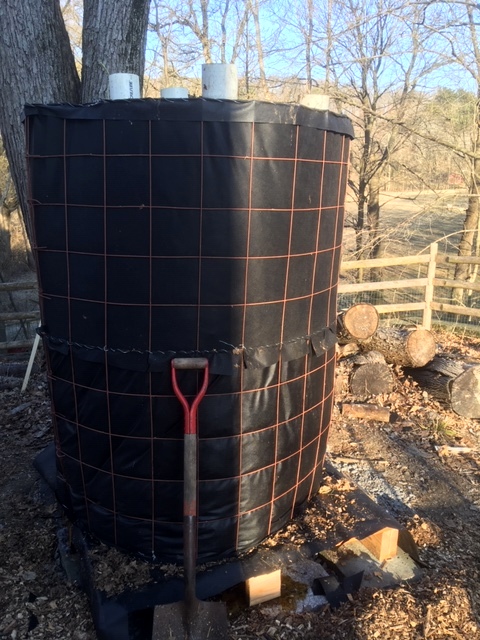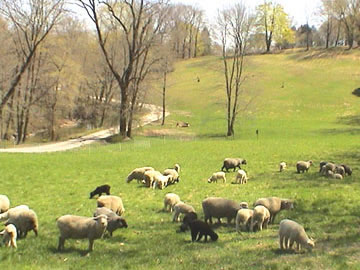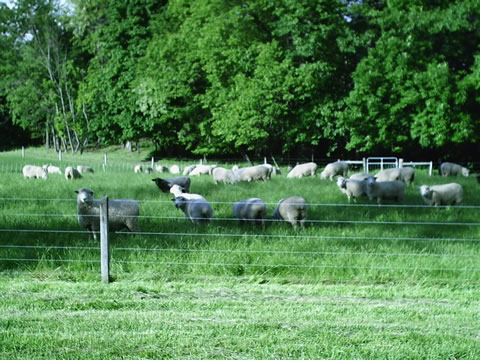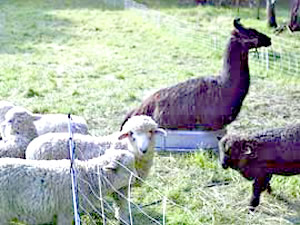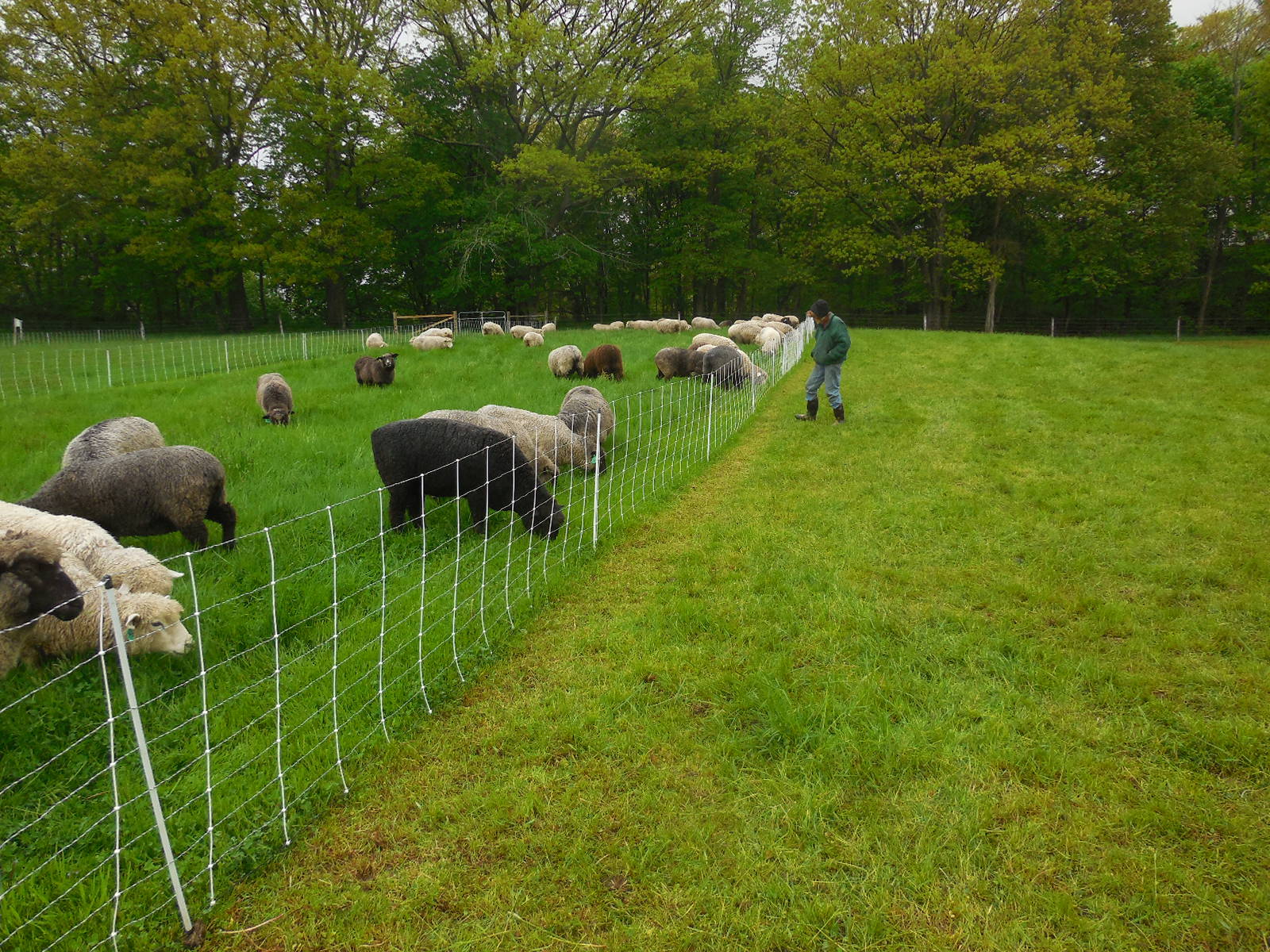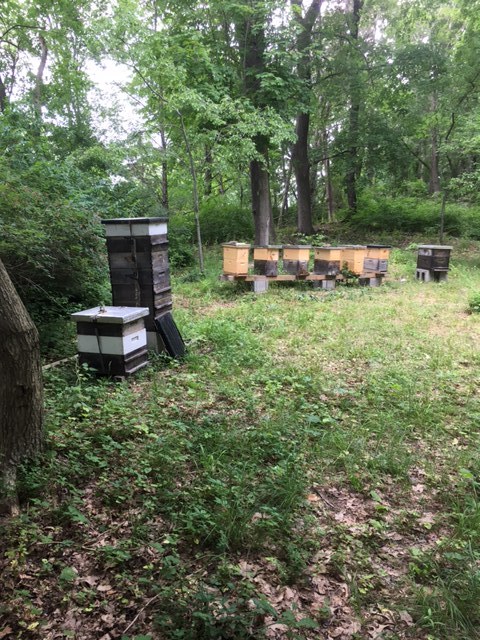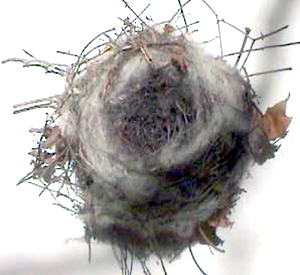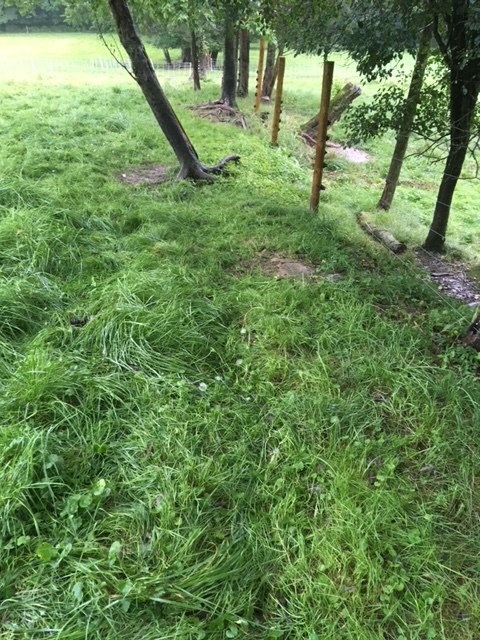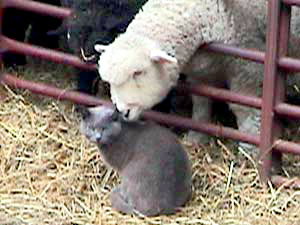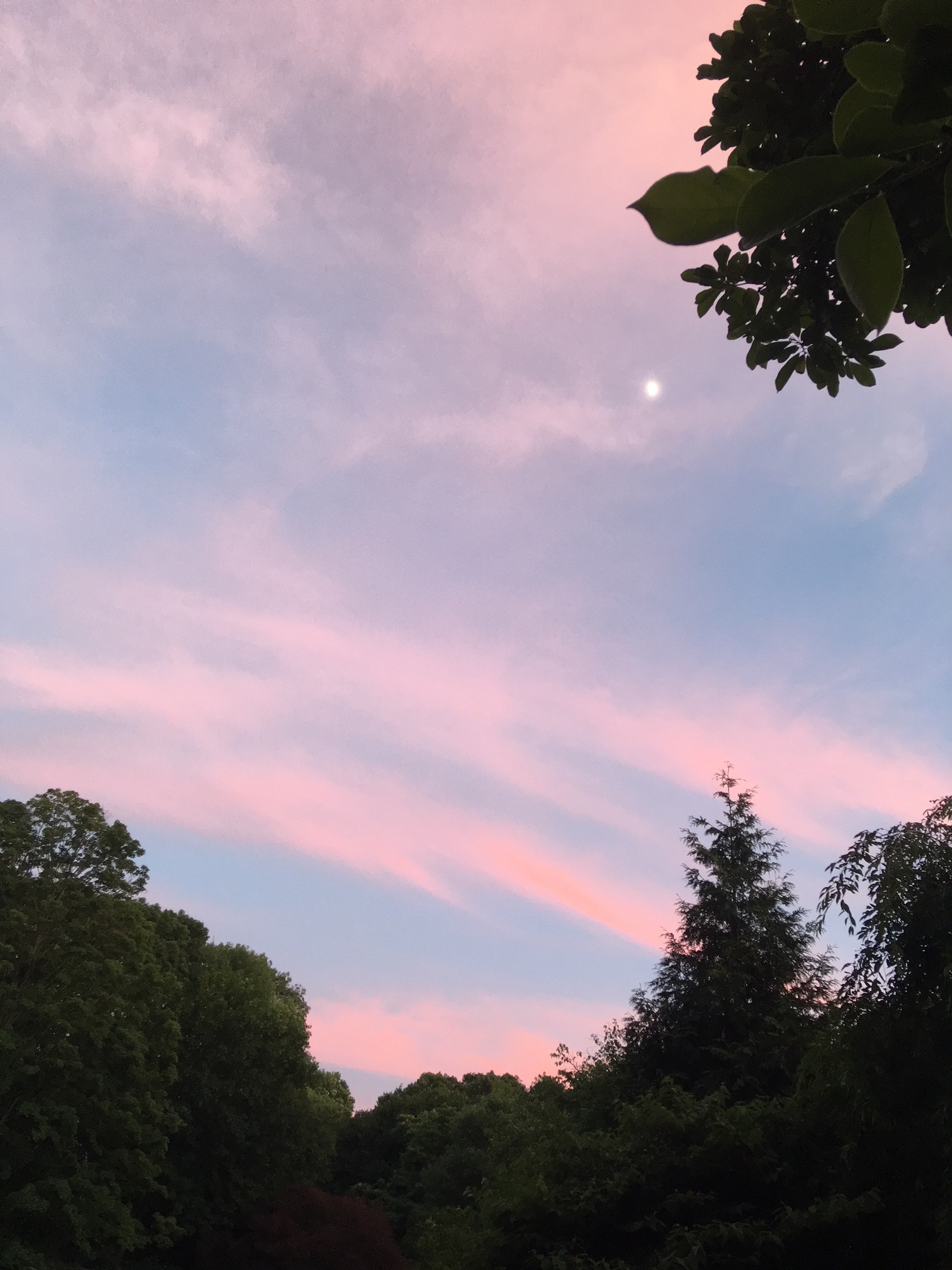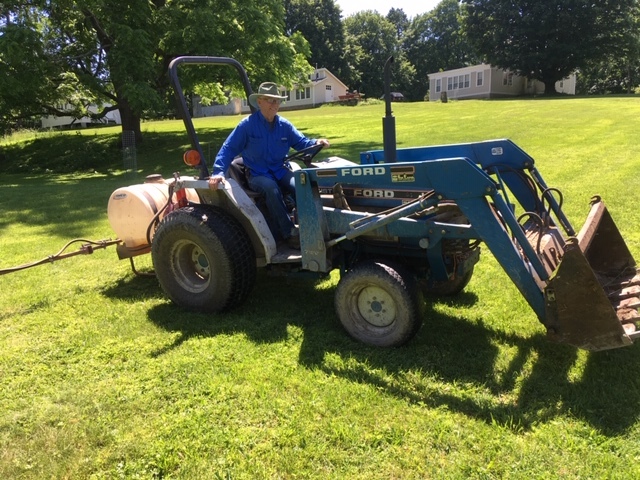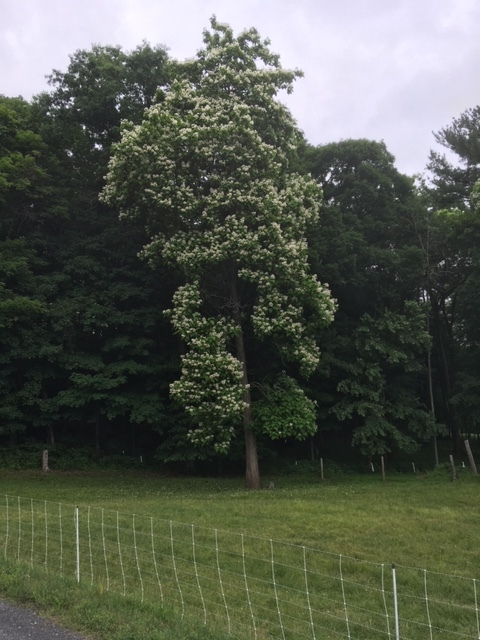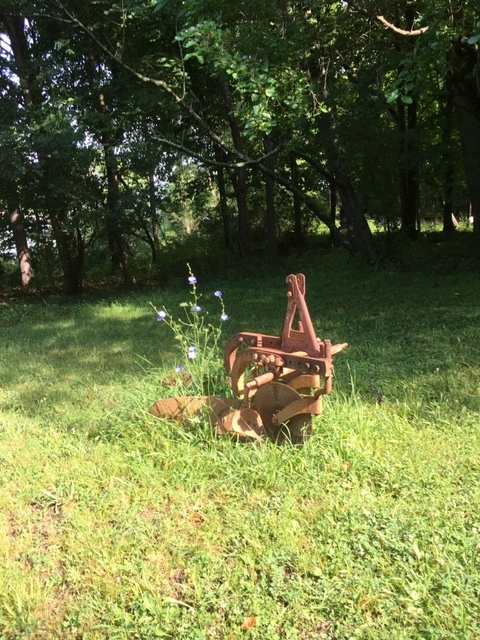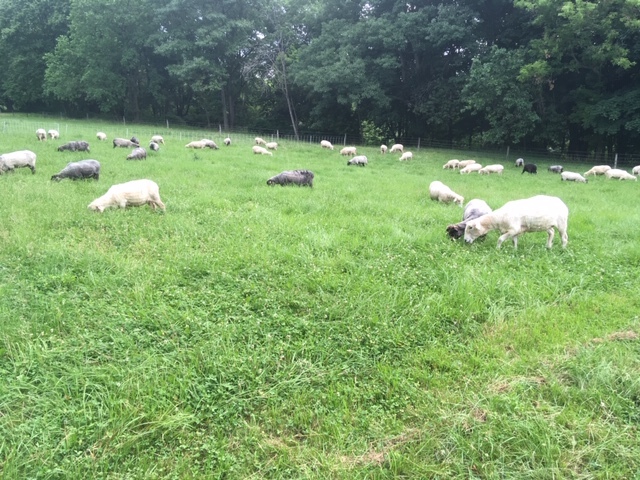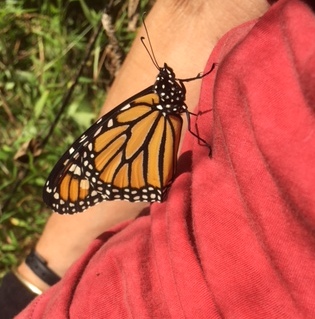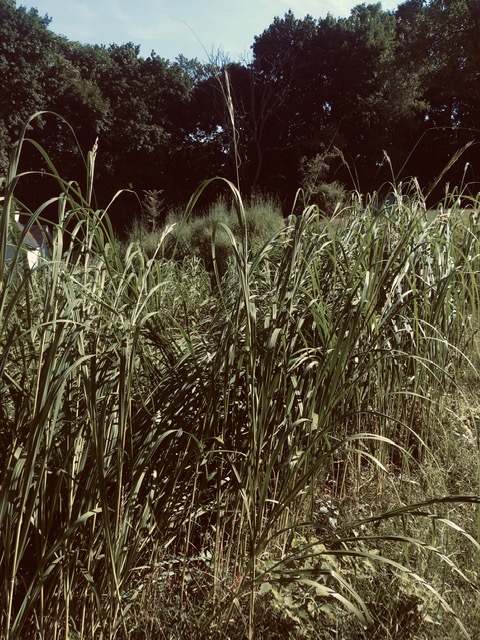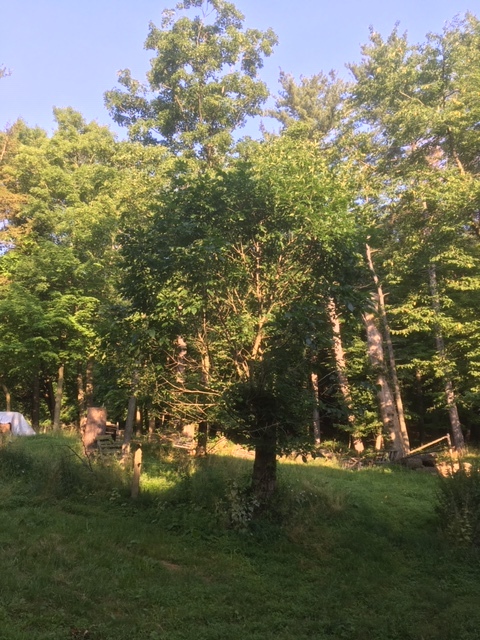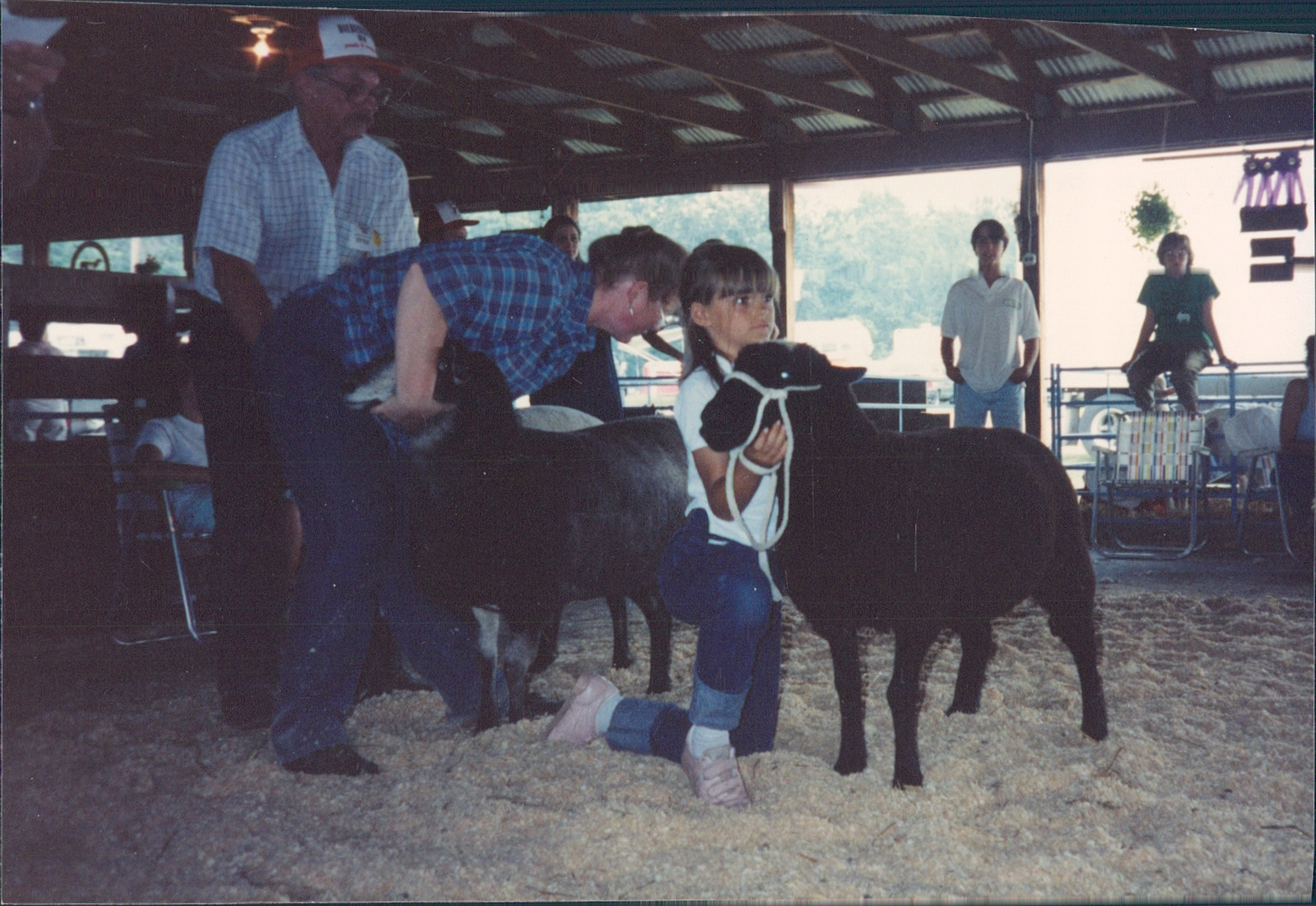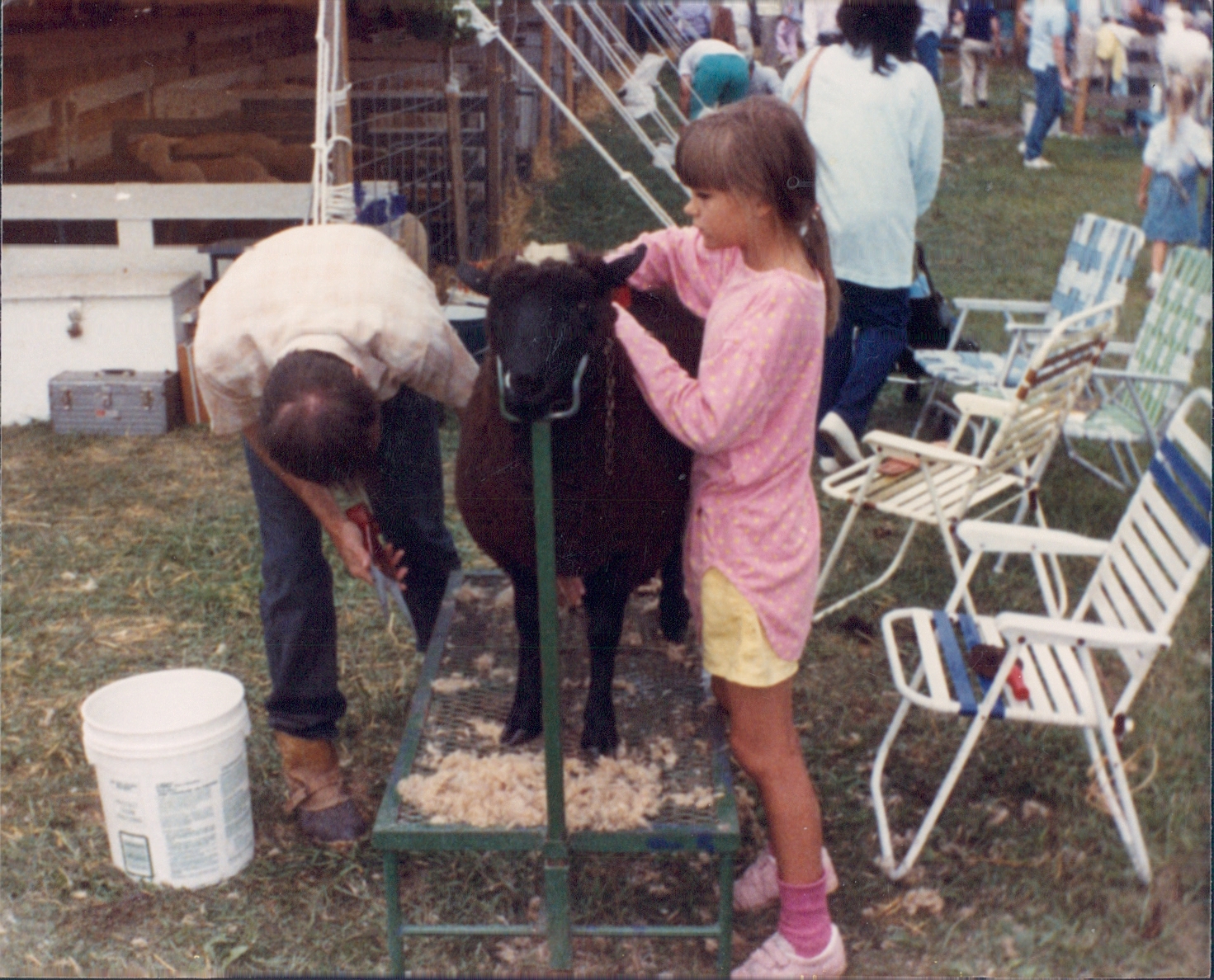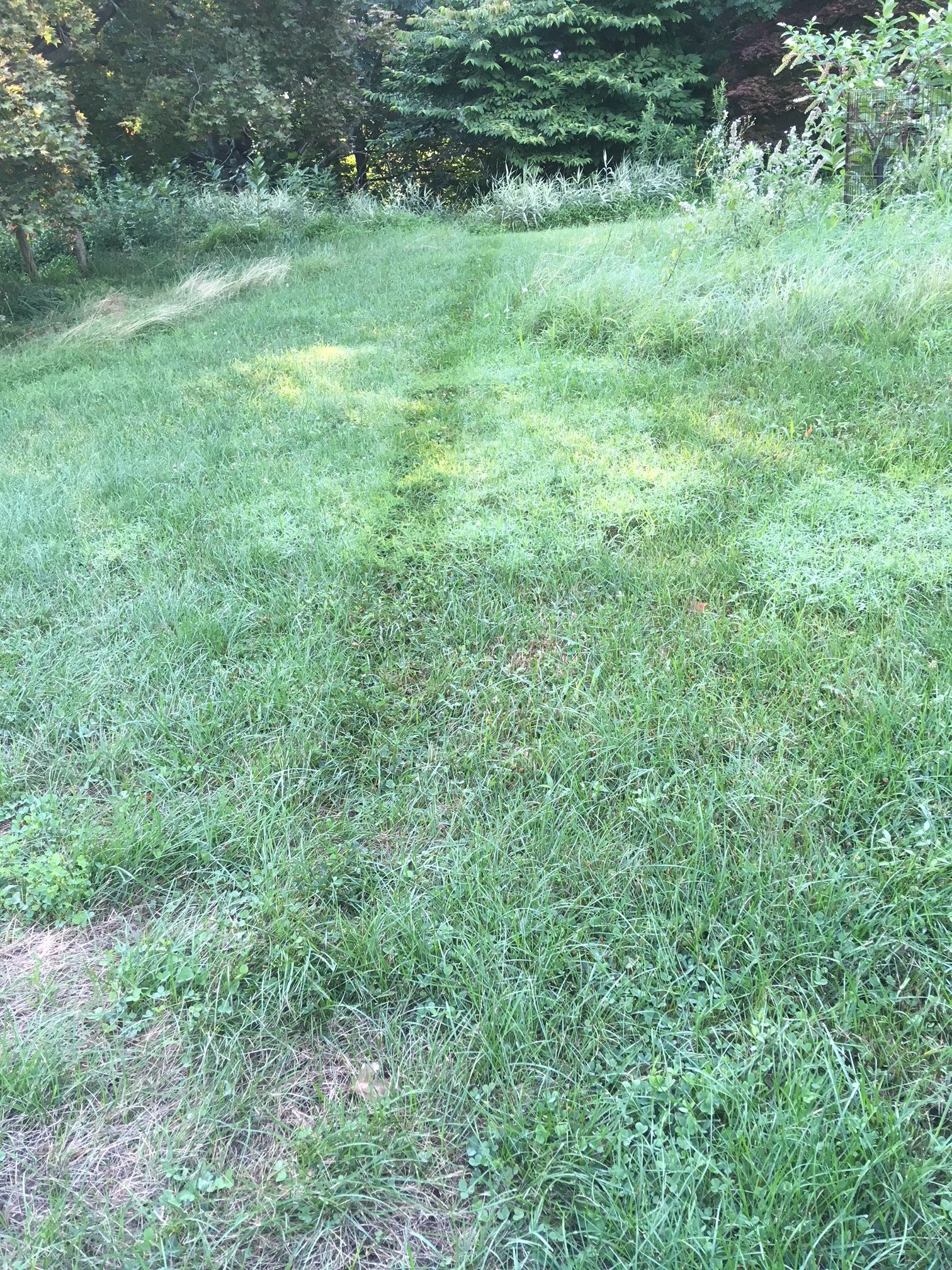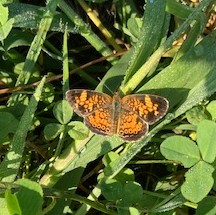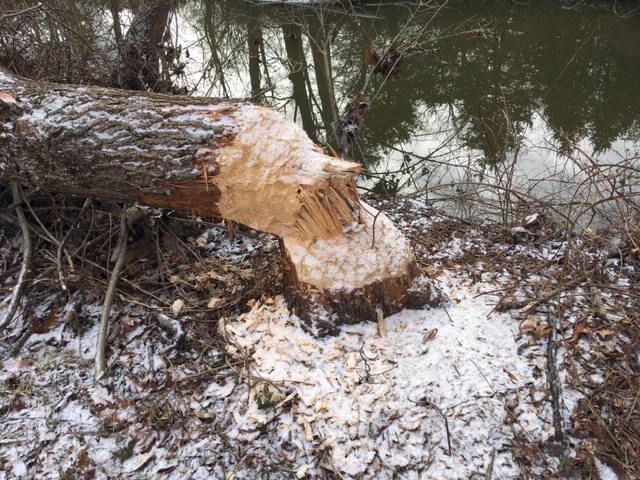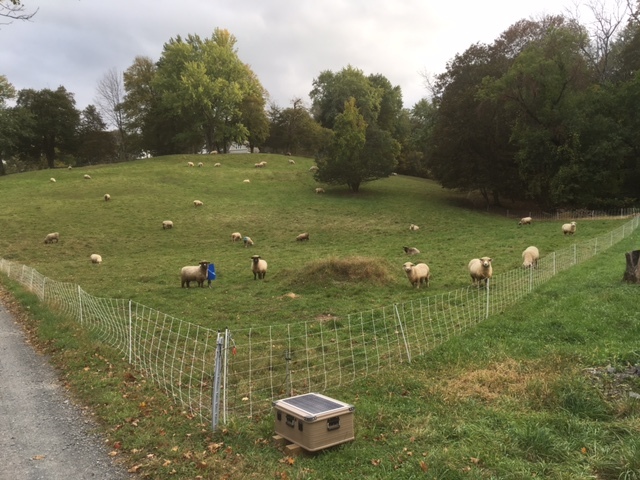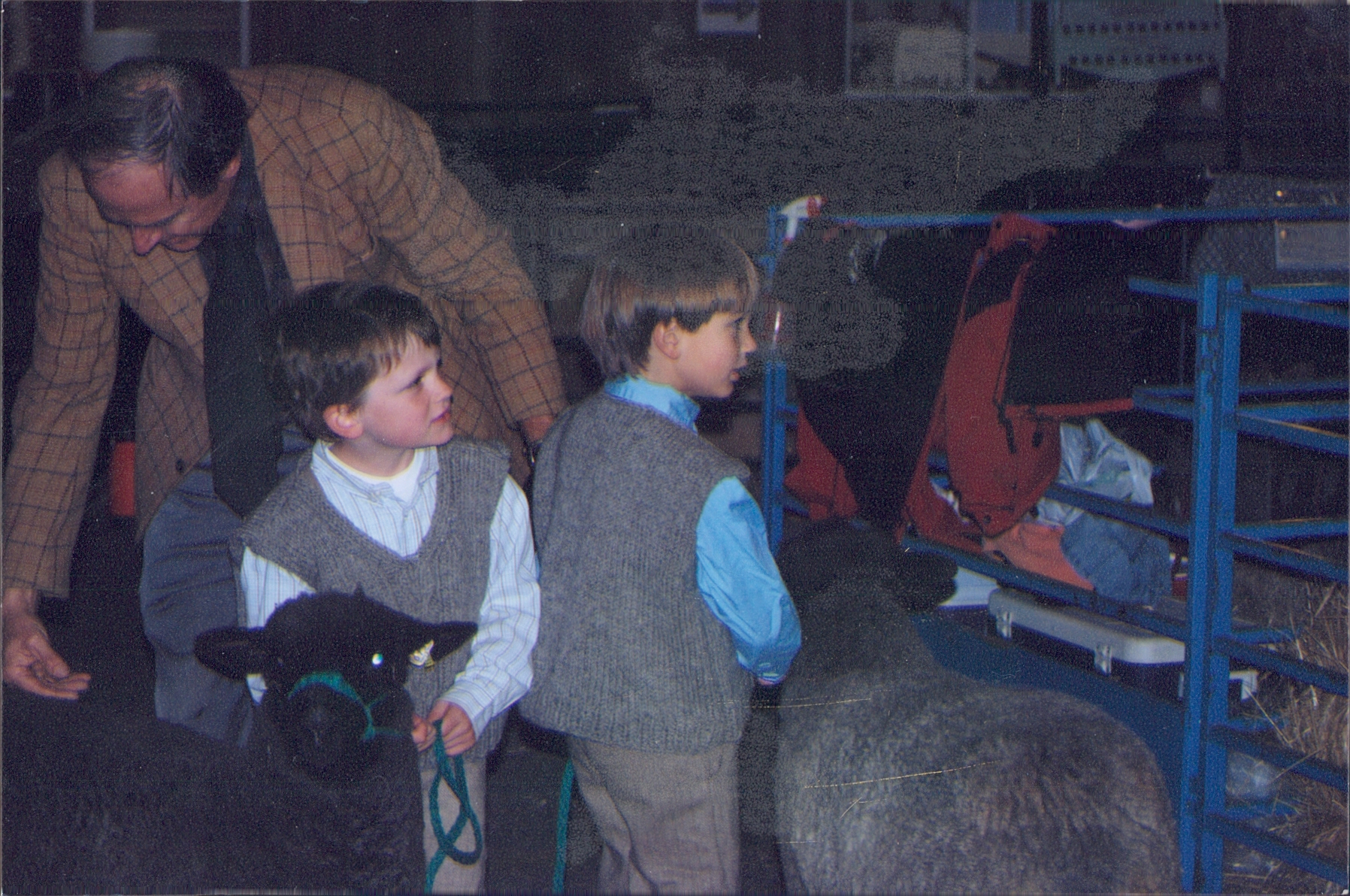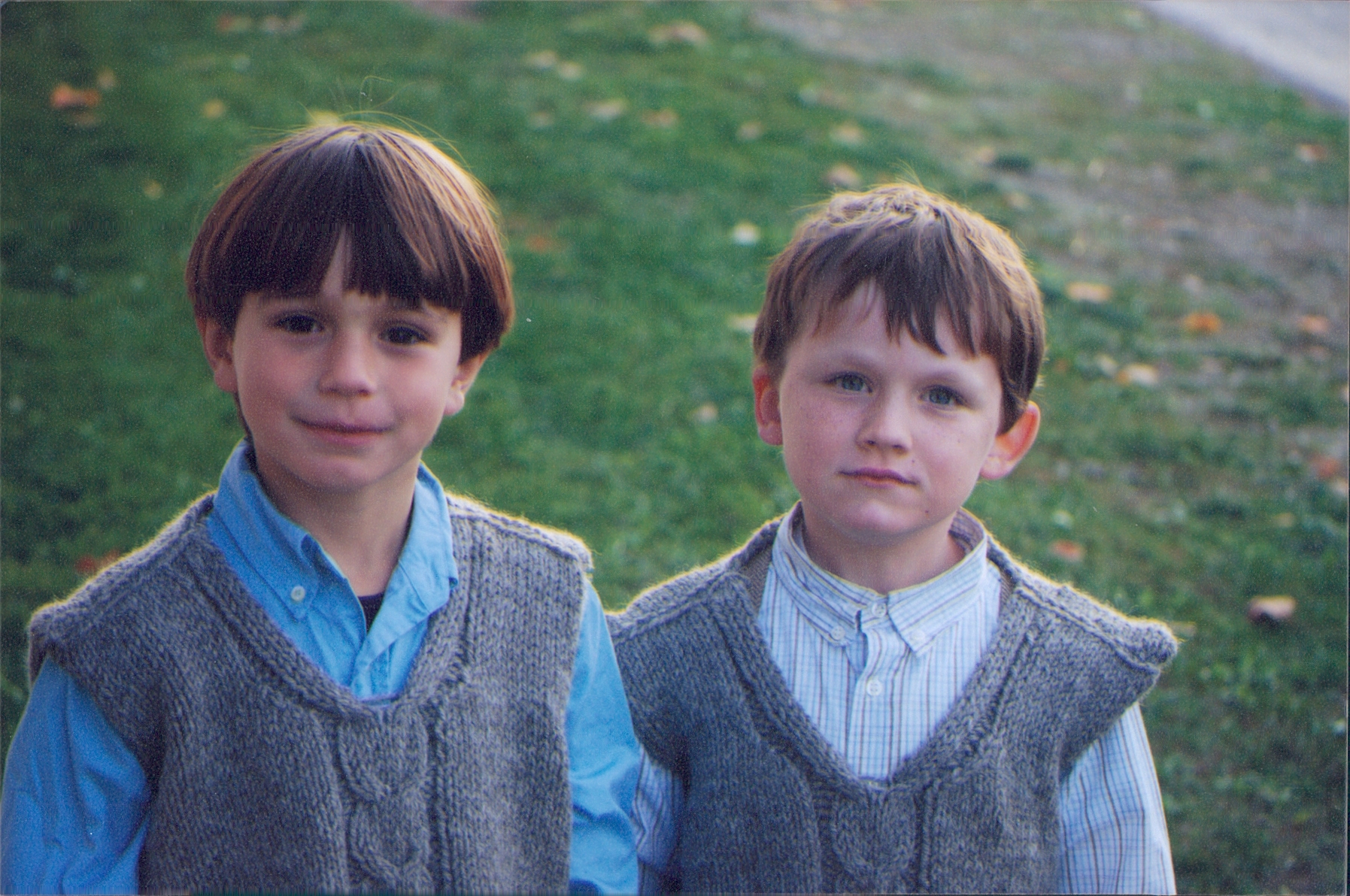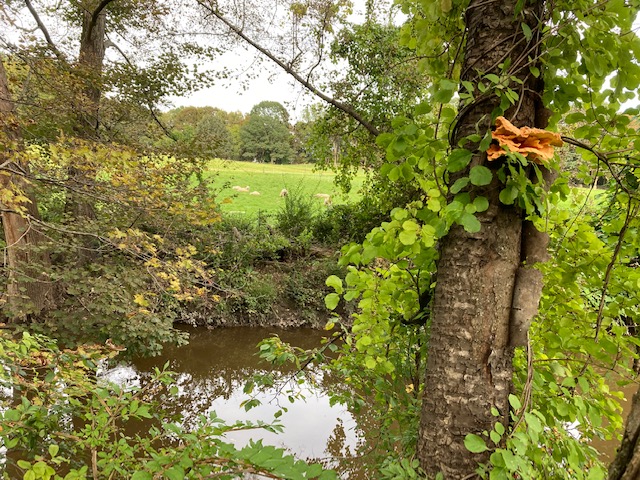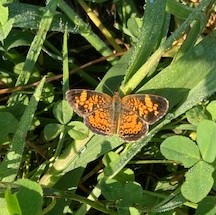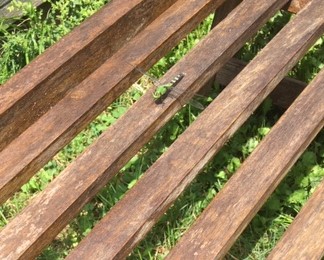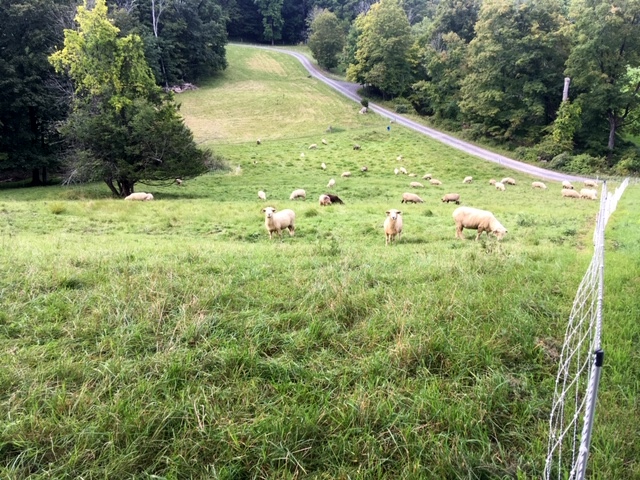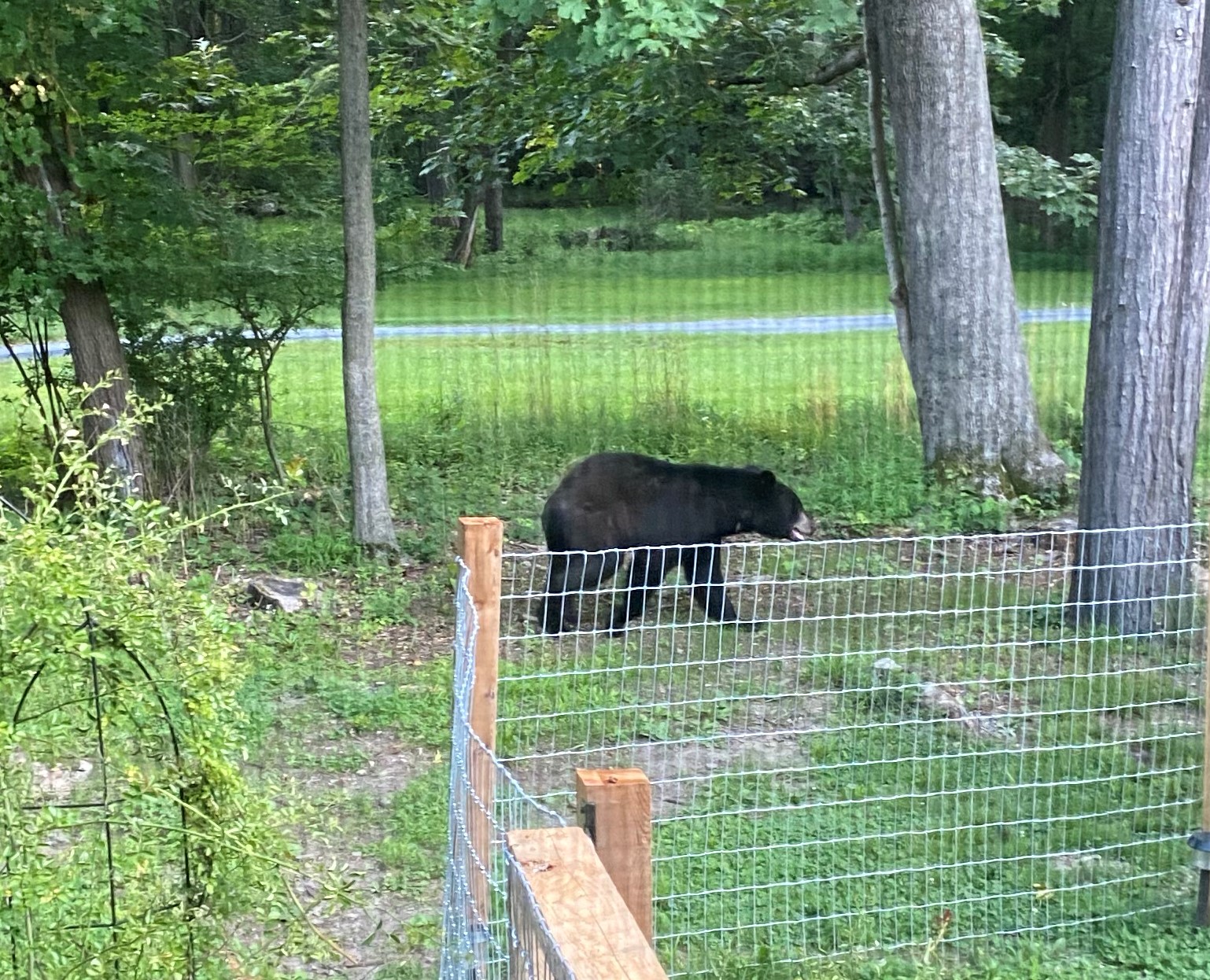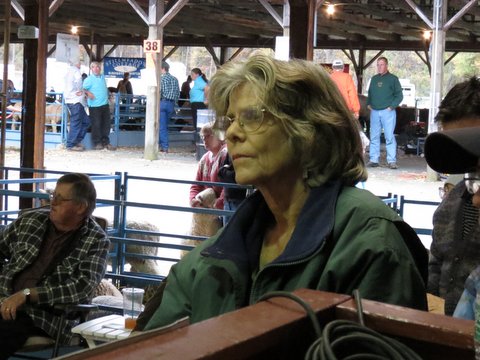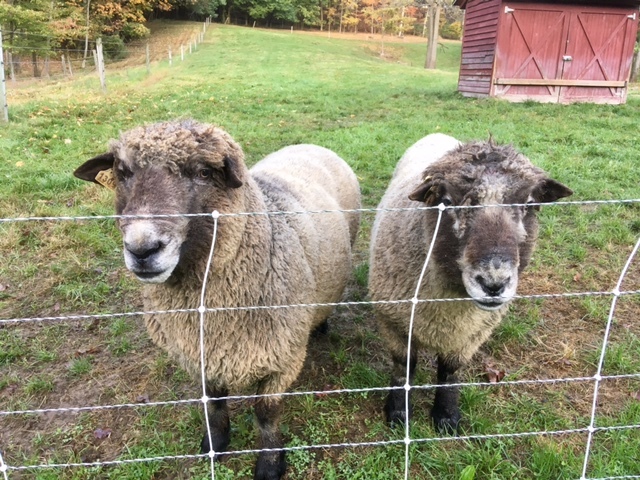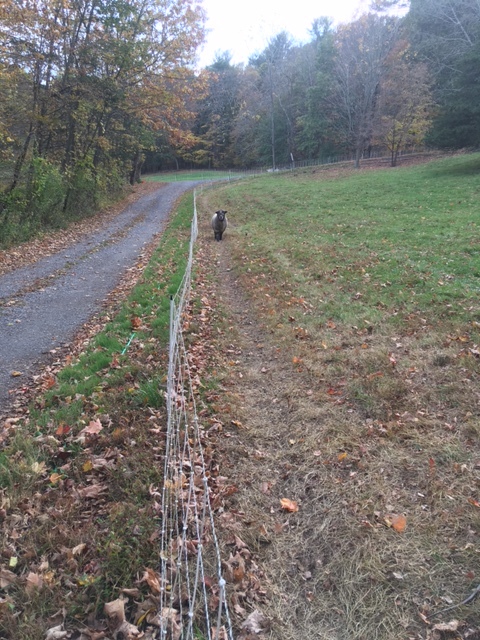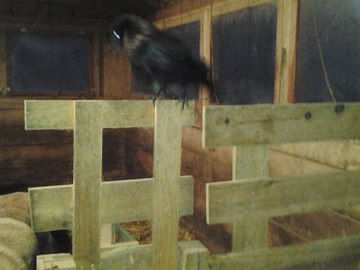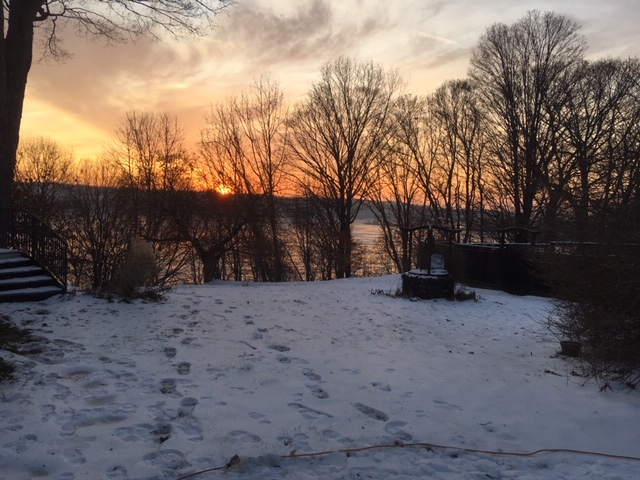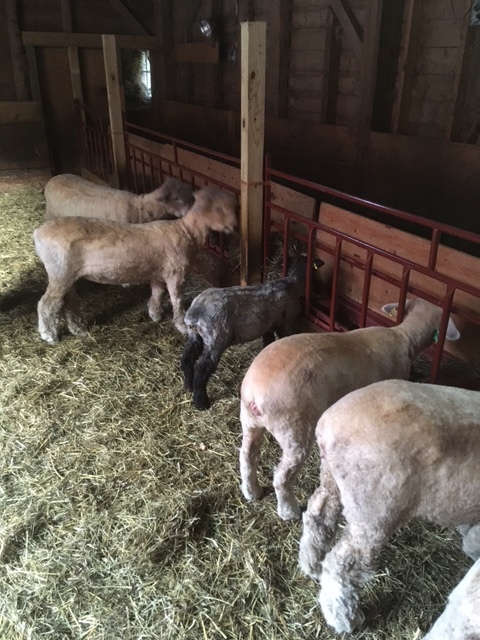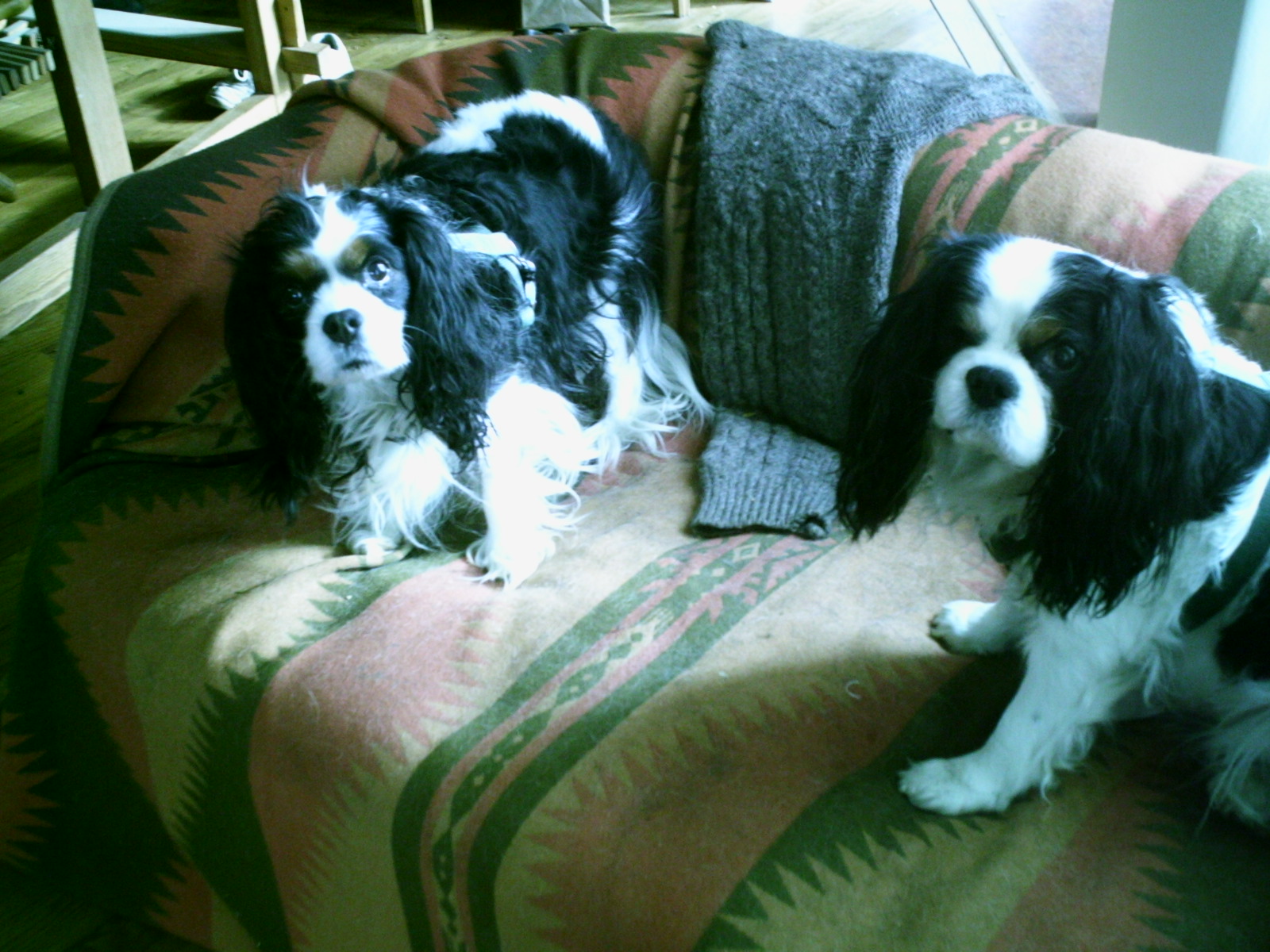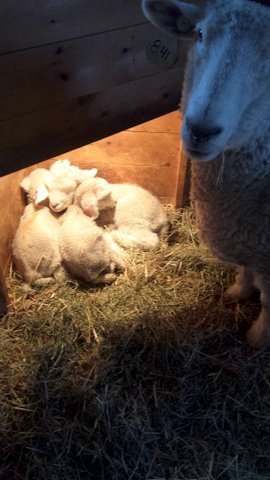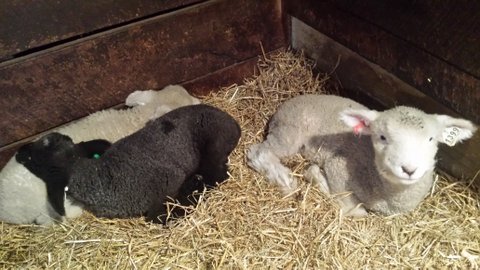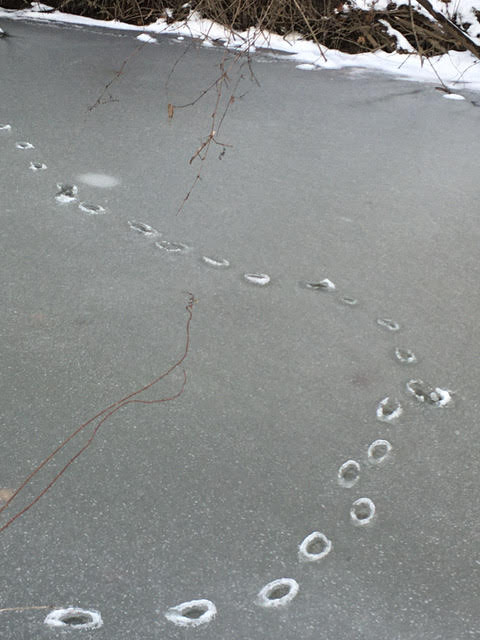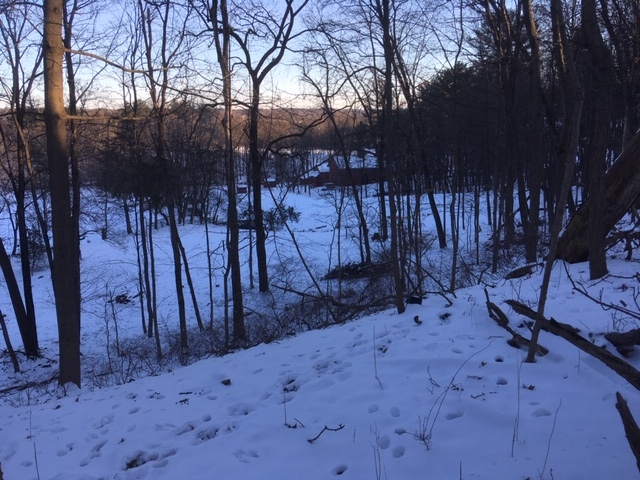Stud rams used fall 2023 or fall 2024
Anchorage 1856/22 BW (deceased) was white ram. His “white” dam, Anchorage 1573/18, was the daughter of a ram from another flock who was thought to be “white” but who, put to two Anchorage ewes also thought to be “white,” sired twins on each, one white and one colored. Conclusion: the sire of 1573 had to have a color allele at the agouti locus that had escaped notice for generations; likewise, her dam must have had a single recessive color allele that no one would have guessed to be present. Therefore, his progeny had be be denoted as BW.
In COGNOSAG lingo, the maternal grandsire would be called in retrospect Awt Ax E+ E+ [Here Ax means there's a "color allele" at agouti, but we don't know what it is.] His daughter, 1573, would be written Awt A_ E+ E+ where A_ indicates we can’t say whether the second allele is Awt or Ax. The stud ram 1856/22 would be described like his dam Awt A_ E+ E+. Recall that one Awt at agouti is all that’s needed to make the sheep look white, while to make the sheep colored two color alleles are required.
Pitchfork Ranch 1202 Tw extension-dominant-natural-colored (A_A_ Ed E_) ram we used in 2023 only with extension-dominant ewes. We did not use him in 2024; he was bought by Robert Bentley at year’s end.
Tawanda Farms F033 “O ‘Hara” agouti-recessive (Albl Ambl E+ E+) used heavily in 2023. In fall 2024 he bred one recessively-colored ewe who had been scanned pregnant 45 days after AI but had been in with him in late October. The recessively-colored lamb of that obviously post-AI union was born March 22.
In fall 2024, nearly all thirty-one ewes were underwent AI on October 8 (see home page) KKS 7084-22, a white ram discussed on our home page. The only three ewes that scanned open 45 days later had been exposed starting 16 days after the AI date to Anchorage 1856/22 BW. Births by 25 March 2025 show he had two of settled them. The third did not lamb.
Chapin 145 Supreme Ch. white ram as a lamb New York State Sheep and Wool Festival
